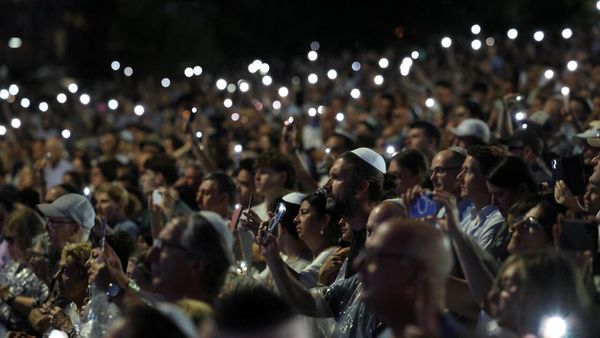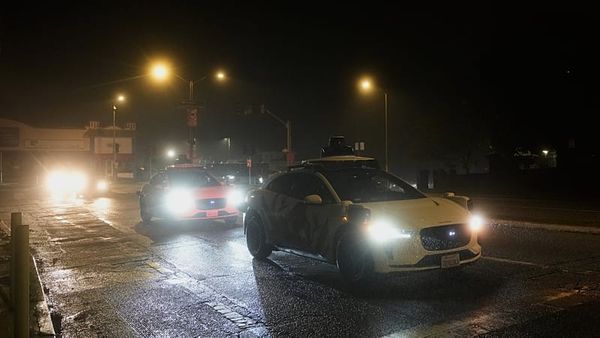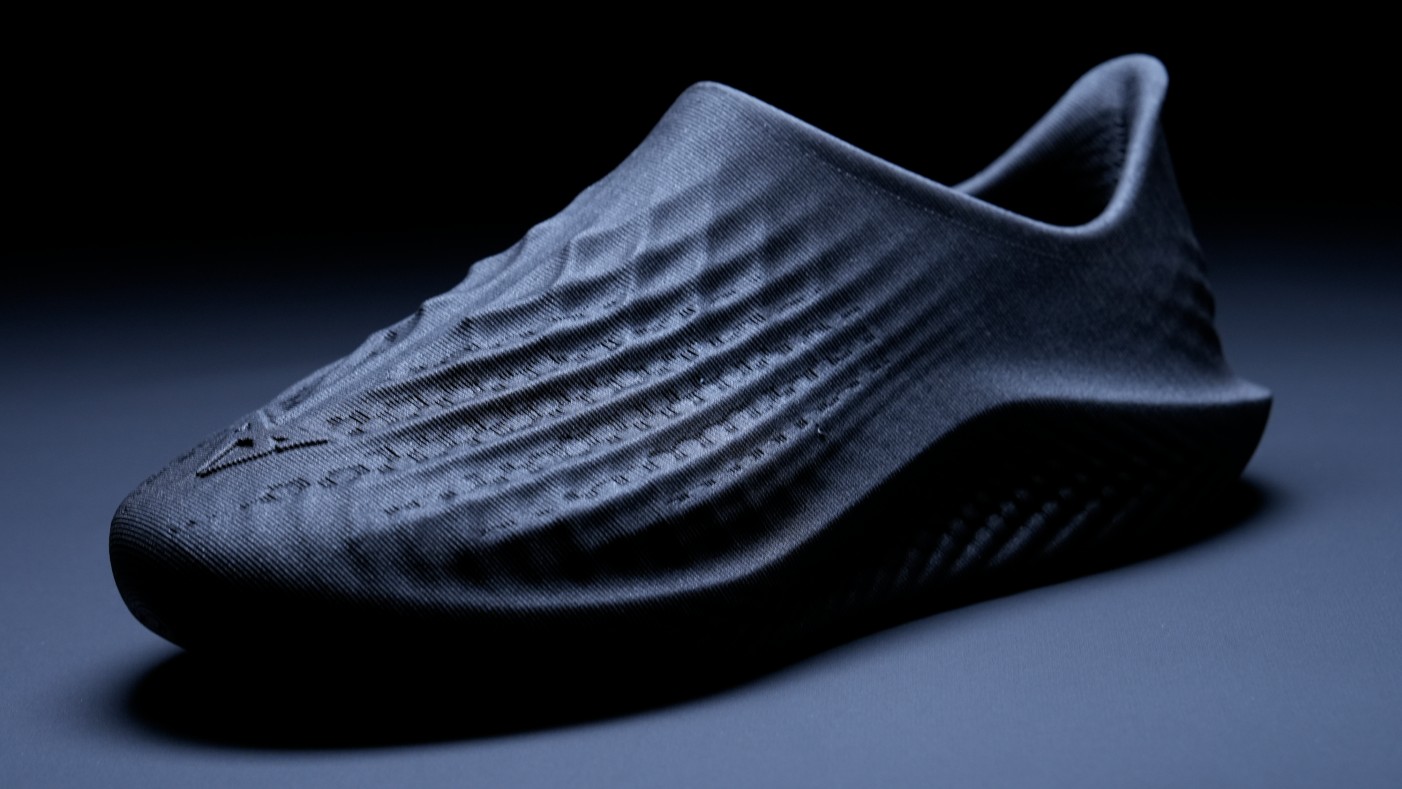
So, this was a bit weird.
I expected to find myself cooing over chairs at Milan Design Week. Just not ones made by a car company. But there I was, halfway through an espresso and already considering whether CUPRA’s sculptural parametric lounge seat would look good in my front room. (Answer: it definitely would.)
Let me rewind. CUPRA, for the uninitiated, is the moody, bronze-accented younger sibling of SEAT. You know, the Spanish car brand that sits somewhere between “reasonably priced” and “let’s make it look fast”. Only now, CUPRA’s not content with cars. They’ve unveiled the CUPRA Design House: a full-blown lifestyle division, hawking everything from adaptive knitwear to 3D-printed shoes, all dipped in their signature “we’re not Audi, we’re edgier” aesthetic. (This doesn't mean we'll be hanging prints of car logos on our walls, FYI).
And you know what? It works. Because CUPRA isn’t just flogging merch. They’re building a brand universe. They're not designing products. Much like the best rebrands, they’re designing desire. And they’re not alone.
EDM to MORPHO
Take Tomorrowland, the Belgian EDM mega-festival that basically invented “festival as immersive experience.” It now has its own interior design line (MORPHO), Ibiza concept store, tattoo parlour, homeware collection, and (because why not?) its own sparkling wine.
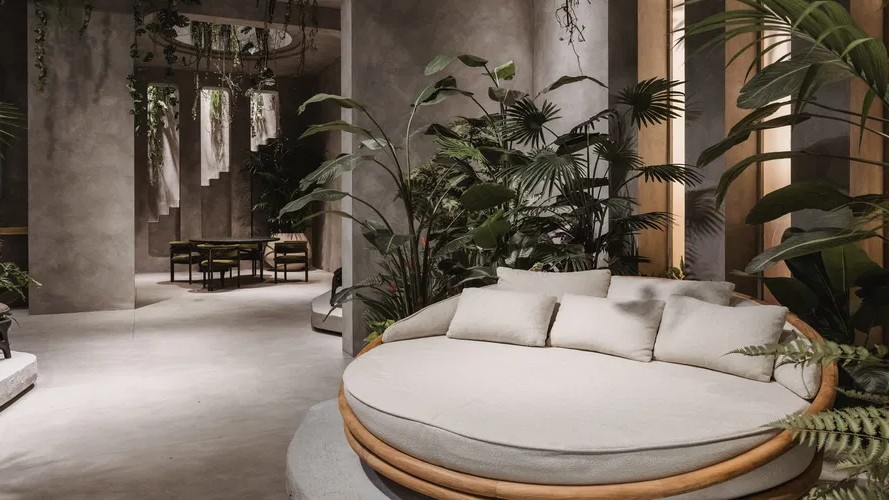
Want to sit on a dragonfly-inspired sunbed while sipping Solo Vida and listening to a DJ set as the sun goes down? Tomorrowland’s got you. It’s like Glastonbury married Habitat and moved to Ibiza.
What we’re seeing here isn’t just lifestyle branding on steroids; it’s full-scale cultural colonisation. Yet weirdly, I’m not upset about it.
Because while traditional brands are still obsessing over social reach and impressions (apparently Wendy's thinks picking fights with celebs on X is good marketing), these next-gen players are doing something bolder. They're expanding their aesthetic philosophies into entirely new categories. They're becoming design companies. And that’s a seismic shift.
Let’s look at a few more suspects hiding in plain sight.
Oases of calm
MUJI, the high priest of neutrals and notebooks, has quietly opened hotels. Not the usual slapped-logo-on-a-bedspread jobs, but fully MUJI-fied oases of calm. You get MUJI sheets, MUJI snacks, and presumably MUJI dreams about filing systems. It's the brand as an atmosphere. And it’s brilliant.
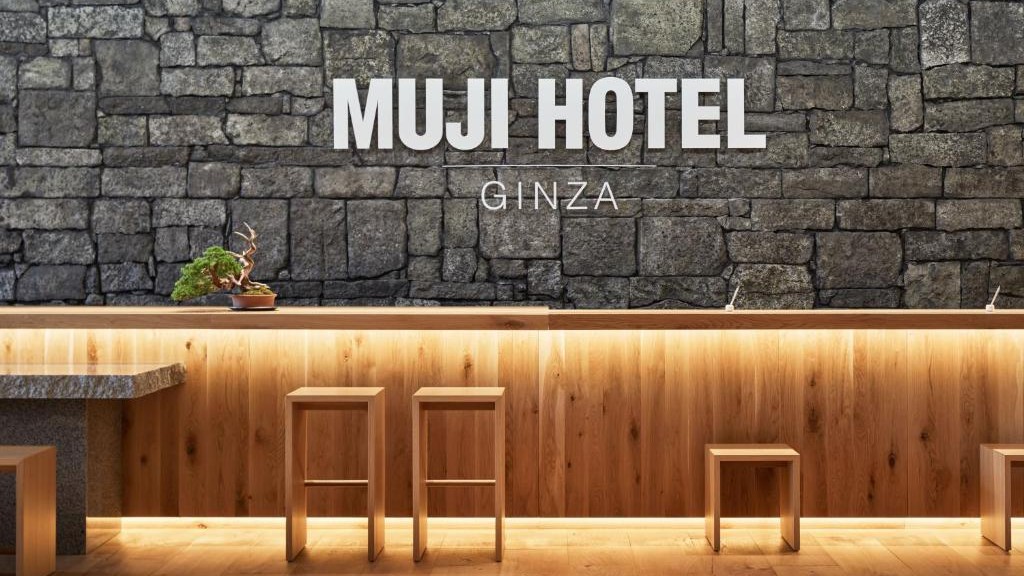
Soho House started as a members’ club for media types who thought wine should be drunk from tumblers and art should push boundaries. Now it’s a global real estate empire selling you not just a place to hang out, but a way to live. Eat, sleep, co-work, repeat; all in that muted, candlelit palette that screams “We’re tasteful, but we’re fun.”
Even the fast fashion crowd – Zara, H&M and pals – have cottoned on. It’s not enough to sell you clothes any more. They want your bathroom, your bedding, your beauty regime. Zara now has Zara Beauty and Zara Hair. It’s only a matter of time before they launch a toothpaste with notes of bergamot and heartbreak.
So, what does this all mean?
Good news for creatives
I'd argue it means this: the most future-fit brands are the ones that treat design not as a department, but as a doctrine.
They don’t just make stuff. They create cohesive aesthetic ecosystems. And they know that once you have a strong visual and emotional identity, you can apply it anywhere. Chairs. Candles. Cocktails. Car interiors. Curtains. You name it.
And this is good news for creatives. At a time when AI is coming for everything from your copywriting gig to your Photoshop skills, brands doubling down on human-led design thinking could be a rare and precious lifeline.
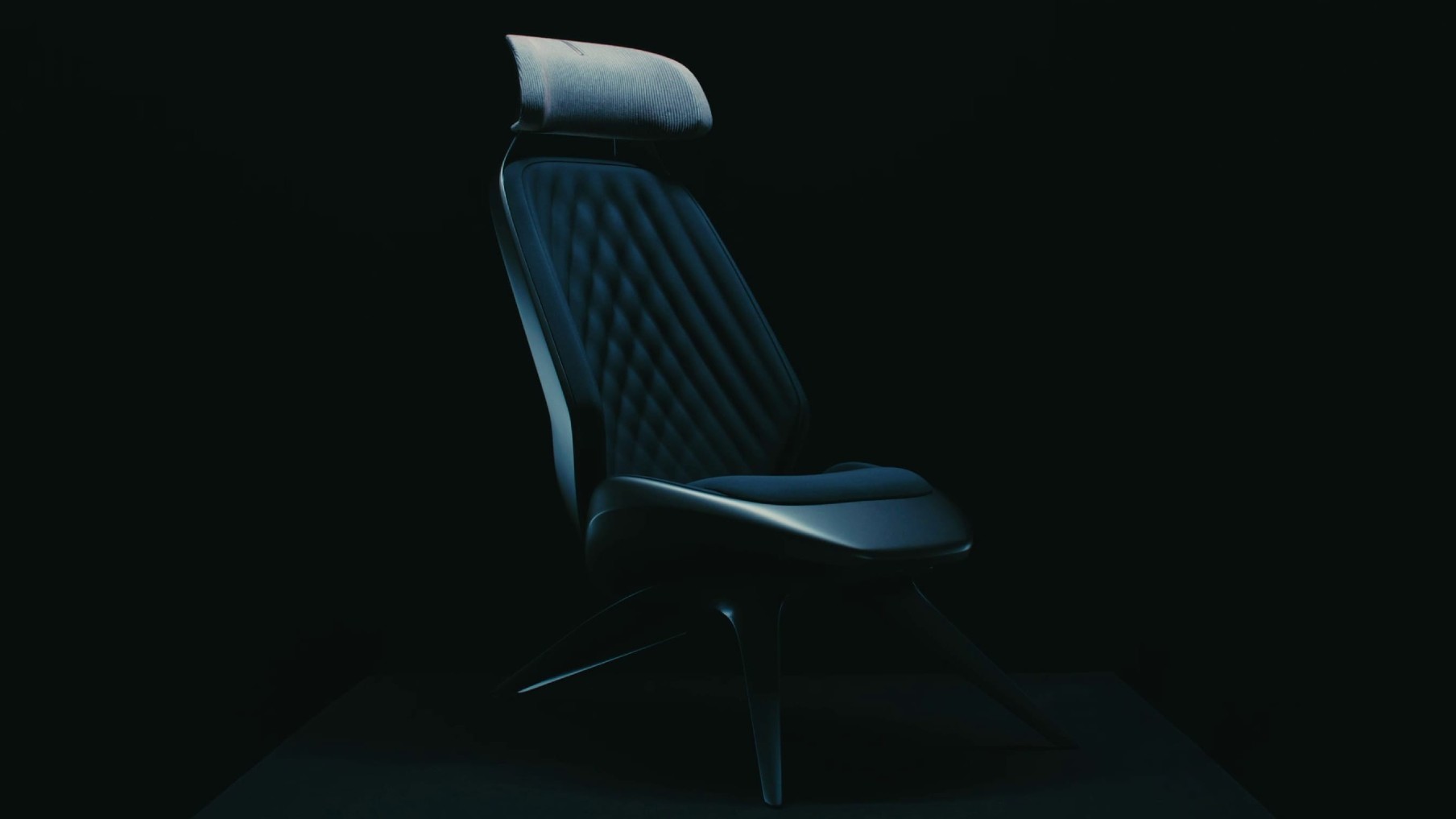
Because algorithms can optimise, but they can’t enchant. They can copy, but they can’t originate.
When a brand like Tomorrowland decides to build an entire furniture line around dragonflies and Gaudí, it’s not doing it because a spreadsheet told it to. It’s doing it because someone with vision (and probably a slightly unhinged moodboard) said: Why not?
And when a car company decides to make fashion, not because it’s profitable but because it extends their design language into your wardrobe? That’s not just product diversification. That’s brand narrative in 3D.
This is your moment
So, if you're a designer, illustrator, art director, stylist, spatial thinker or just someone with excellent taste and a well-worn copy of Apartamento – this is your moment. Because the brands of the future need people like you.
Not just to make things pretty, but to make them matter. To build universes. To invent vibes.
Here’s the rule of thumb: if a brand is thinking like a media company, it’s already out of date. The ones to watch are thinking like design studios. Not “what else can we sell?” but “where else can we be ourselves?”
Next time you see a car brand making a cardigan, then, or a music festival launching a lamp, don’t roll your eyes. Lean in. The brandverse is expanding. And it’s hiring.
To supplement those human skills, see the AI skills you need to get ahead.
